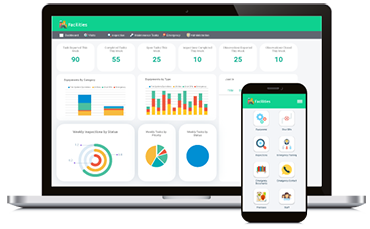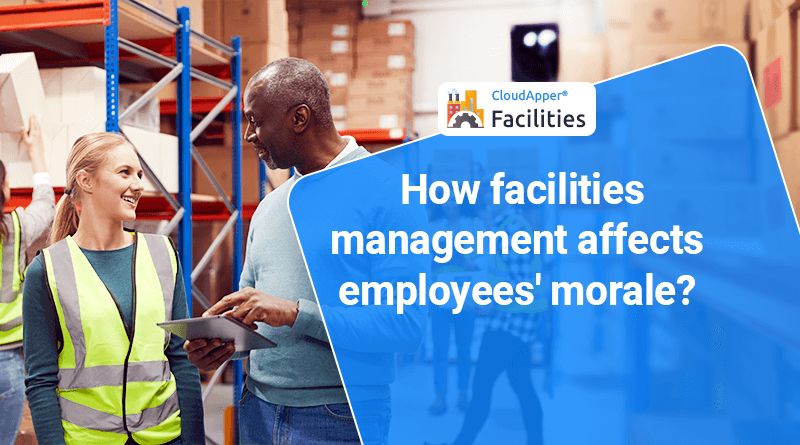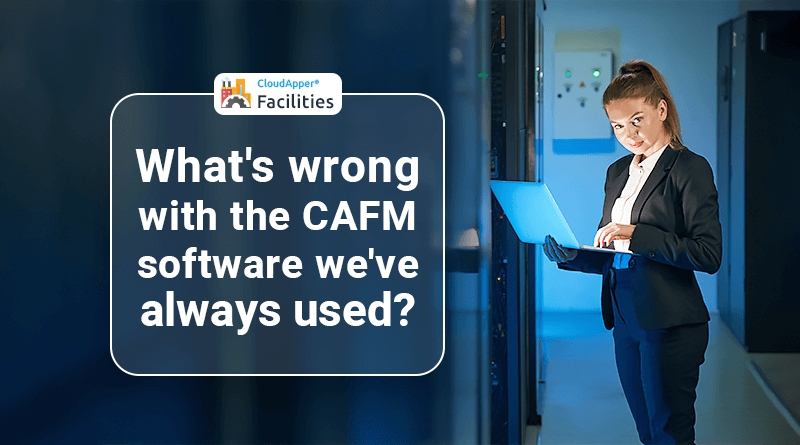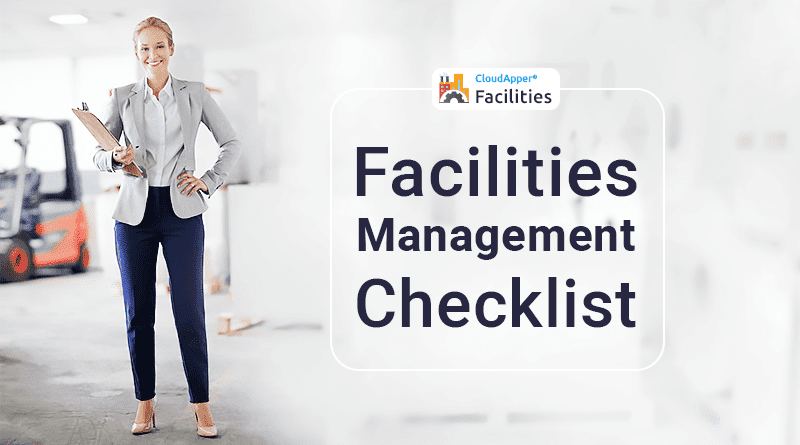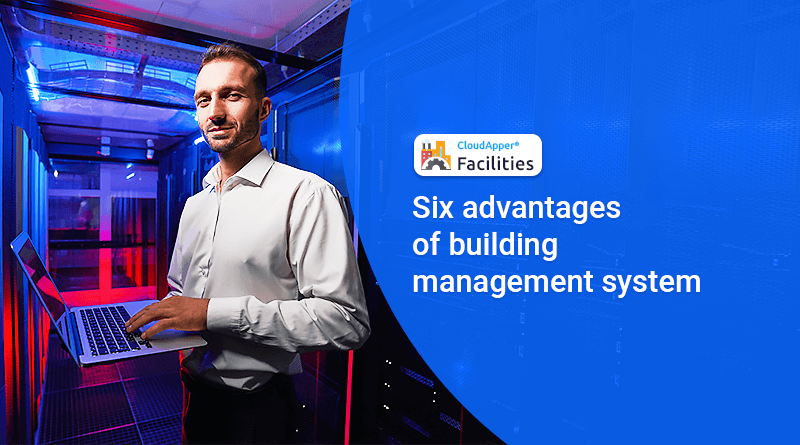As a facility manager, your job is to efficiently manage facilities, equipment, and services of work facilities to ensure that they meet the needs of the organization and its employees. To help you with this task, one of the most important tools is your facility management software.
Here are 10 best maintenance management practices for using your facility management software to enhance your systems for better facility and equipment maintenance management:
1. Monitoring Asset Level Data
Your facility management software provides you access to asset-level data, which you can use to establish operational benchmarks, foresee and avoid unwanted breakdowns or shutdowns, accurately assess production costs, focus on warranty affairs and claims, lower your general expenses, and confidently manage service guidelines.
2. Data Collection for Budget Management
When you start monitoring asset-level data using facility management software for each of your assets, you can review and confirm your total required maintenance budget. This will help you to reduce maintenance costs and eliminate unwanted expenses.
3. Outsource to Third Parties
When you are gathering data centrally using facility management software, outsourcing some processes can streamline maintenance and ensure that you do not waste time in constantly dispatching service technicians.
4. Use Dashboards for Oversight
Facilities and maintenance managers should centrally oversee the entire operation using the dashboards available in facility management software. This ensures that all teams are dispatching and responding to work orders promptly and appropriately.
5. Prompt Response to Work Orders
Facility management software should be used to remotely predict and deal with potential failures of equipment using performance data. It is important to process these work orders quickly and efficiently to keep down operating costs – such as the costs associated with raw material waste, lost revenue, and customer dissatisfaction – to ensure that you stay within your maintenance budget.
6. Gather on Site Data Attributes
You can use aggregated data from facility management software to establish attributes for each site or facility. Some examples include gross square footage, heated or air-conditioned square footage, ceiling height, roof type, roof color, facility orientation, window films used, window area, and lighting types. Then, you can analyze these attributes to provide executive-level data for strategic purposes, footprint information, and other portfolios.
7. Analyze Related Events
Your facility management software should track and integrate weather data and other external events as well as data related to external events into your reports and analytics. When you have carefully gathered and analyzed these data points, you can take steps to make sure that such events no longer cause operational difficulties or strain your maintenance budget.
8. Gain Detailed Understanding
Learn about the performance characteristics of each asset, such as manufacturer ratings for wattage, amperage, revolutions per minute (RPM), as well as actual power requirements, repair history, and many other metrics. Gain a detailed understanding of the performance of each asset, at the asset level (not at the asset/category level). With more detailed data collected by facility management software, you can draw better correlations, perform accurate analyses, and troubleshoot problems more easily.
9. Asset Warranty Information Management
Maintain detailed warranty data using facility management software for each essential asset throughout the facility, so the system can trigger appropriate actions automatically. This will also eliminate the shuffling of paperwork to check warranty information.
10. Provide Access to Third Party Service Providers
Facility management software should allow external service providers to access the maintenance management system with appropriate permission through on-site kiosks. Service providers and local store associates can use the kiosk to respond to and update work orders, report work completed, and close work orders efficiently.
Facility Management Application by CloudApper
Facility Management Application is a powerful mobile and web-based application that simplifies your work facility, asset, and maintenance management. This easy-to-use solution helps employees save time by providing instant access to facility details, operating details, and emergency procedures to maintain safe and comfortable spaces for employees.


